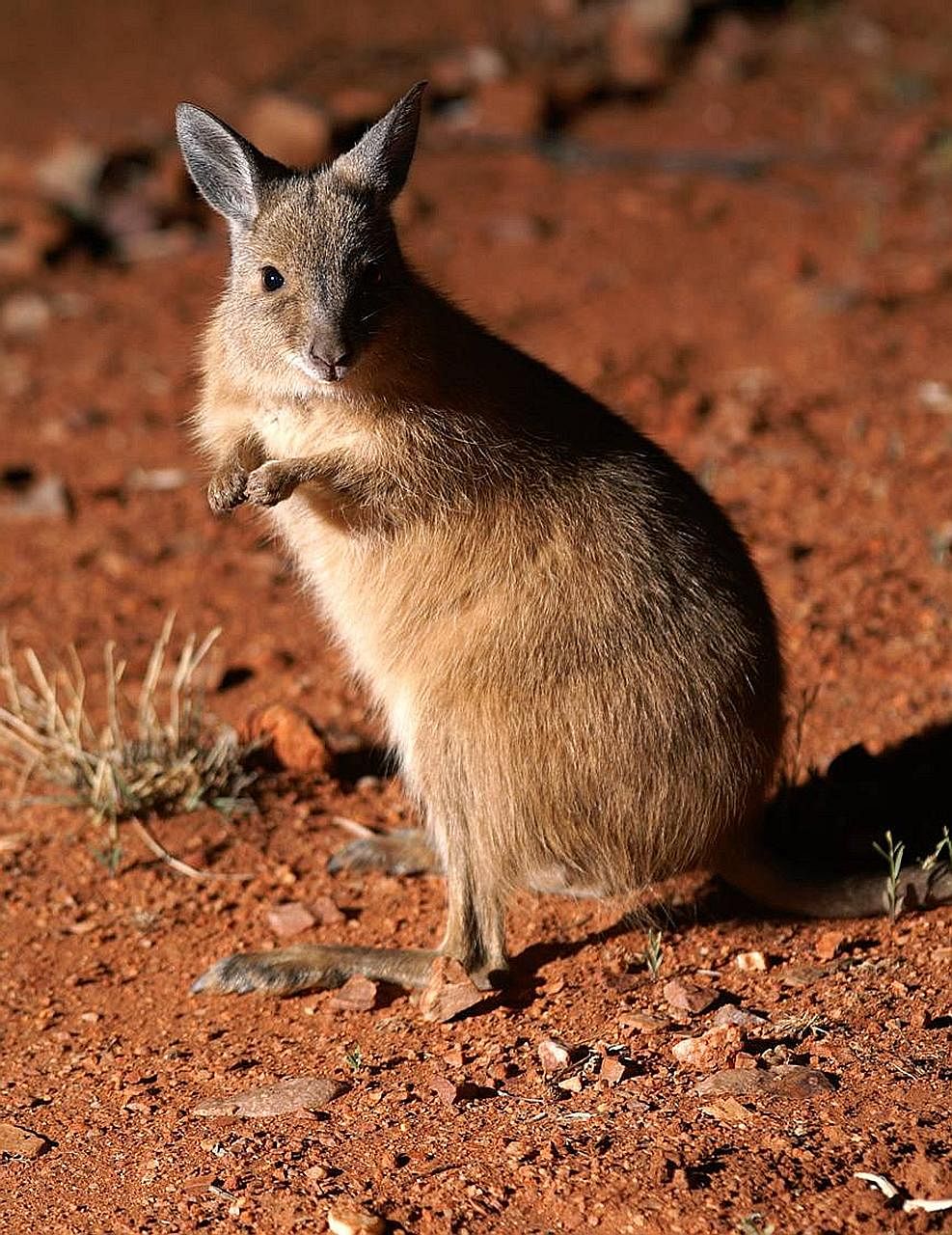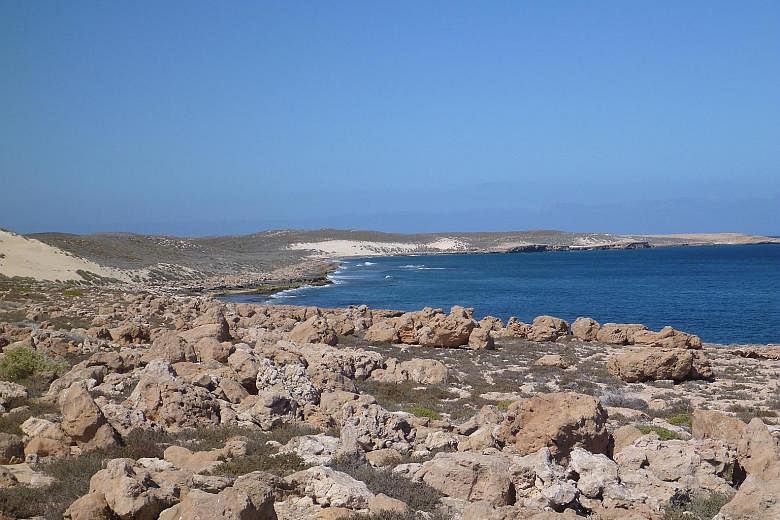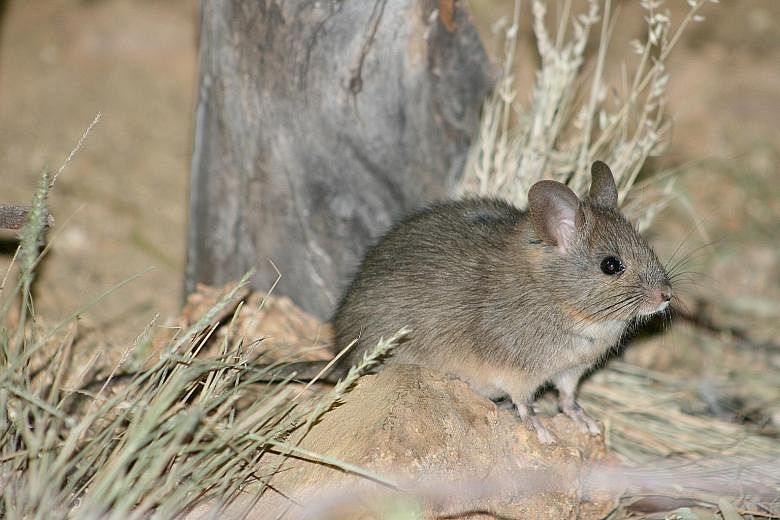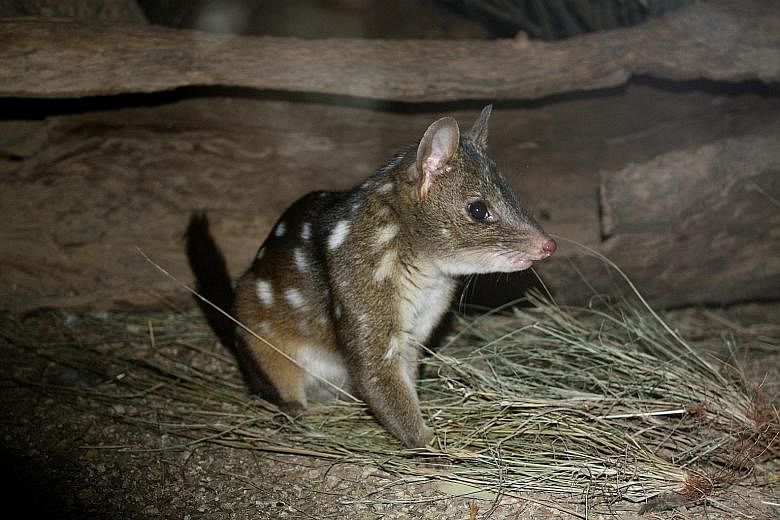On a remote, windswept island smaller than Singapore off Australia's west coast, rangers have been gradually eliminating the local populations of goats, cats and sheep.
Once this is completed, wildlife experts will embark on their ambitious next step: attempting to restore the 630 sq km island's native species to their original state in what will be the world's biggest "eco-restoration" project.
The 20-year project, which will cost A$44.5 million (S$47 million), will take place on Dirk Hartog Island, a narrow 80km-long island about 800km north of Perth.
The island, which has no permanent residents, was discovered 400 years ago by Dutch explorer Dirk Hartog, who is recorded as the first European to land on Australia's west coast.
Western Australia's Department of Parks and Wildlife plans to restore 10 of the island's 13 native mammal species. The remaining three species managed to survive.

Project manager John Asher, an invasive species specialist, said the first native species will be reintroduced from late 2018. Yearly releases will occur until 2024 and monitoring will continue until 2030.
"Returning the native species will improve the whole ecosystem on the island," Mr Asher told The Sunday Times. "The island will flourish. There is nowhere in Australia where you will be able to see native fauna like that. It will be the biggest ecological restoration project attempted in the world."
Most of the species to be reintroduced are small, and include a bandicoot, a rat and several types of mouse. Two threatened wallaby species - which are found on nearby islands and may have existed on Dirk Hartog Island - will be introduced in a trial starting next August. The state government wants the island to become a world-renowned mammal sanctuary and a popular nature holiday destination eventually.
"The long-term plan is to return the island's natural ecosystems to how Dirk Hartog would have seen them, with thriving native mammal populations," said the state's Environment Minister, Mr Albert Jacob, in a statement on Oct 9.
"Grazing by sheep and goats and predation by feral cats have had a big impact on native species. With the eradication of these introduced animals, native species… can be re-established on the island - a real win for conservation."
For the past 150 years, Dirk Hartog Island has been used by sheep farmers, and its lighthouse was briefly overseen by resident keepers. Farming and the passing maritime traffic - including whalers and pearlers - led to the introduction of foreign species, which wiped out much of the local fauna.
Old animal remains show that 10 local species have become extinct on the island. Fortunately, these extinct animals can still be found on nearby islands and on the Australian mainland. Dirk Hartog Island is set to become the world's largest to have experienced a complete removal of feral cats and goats, overtaking Santiago Island in the Galapagos in Ecuador, and Australia's Macquarie Island.
Wildlife officers and a former pastoralist on the island first began killing off the non-native animals about a decade ago and have eliminated tens of thousands of goats and sheep, mostly by shooting. The island was declared free of sheep in June and further efforts to track any remaining goats are set to continue for the next few months.
To remove the cats, a 13km fence was built across the island in 2014 and poison baits were dropped.
Officials focused first on the southern half of the island, where there have been no cat sightings in about a year. Last year, they shifted north and believe the island has few, if any, cats. But the native animals will not be reintroduced until there are no cat sightings for two years.
The removal of the animals, particularly goats, has already led to a dramatic return of vegetation.
Satellite imagery shows that, compared with 2008, there had been a 20 per cent increase of cover in 2014. This increased to 28 per cent in 2015 and 35 per cent this year.
An operations officer, Mr Shane Heriot, said the goats "eat just about everything" and their removal helped restore much of the island's native vegetation.
"A very fragile island environment like this - you have got… the hooves kicking up the annual grass and disturbing all the soil and eating all the vegetation," he said in a video released by the state government. "It takes out not only the low lying vegetation but the leaf litter on the ground. The leaf litter is the building block for a lot of the biodiversity."
The project, known as "Return to 1616", is being funded by the state government and a conservation fund set up as part of the Chevron- operated Gorgon gas project, Australia's largest resource project.
Mr Asher said the island is "recovering really quickly" and the increased vegetation would help local animals to feed and take cover from predators such as hawks.
"Since Europeans settled in Australia, we have lost 29 species of mammals to extinction," he said.
"To be actually returning a piece of land to what it looked like 400 years ago is greatly exciting."



